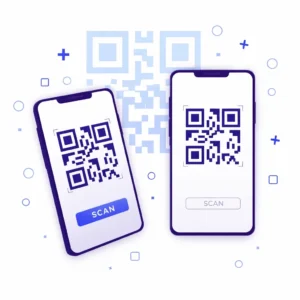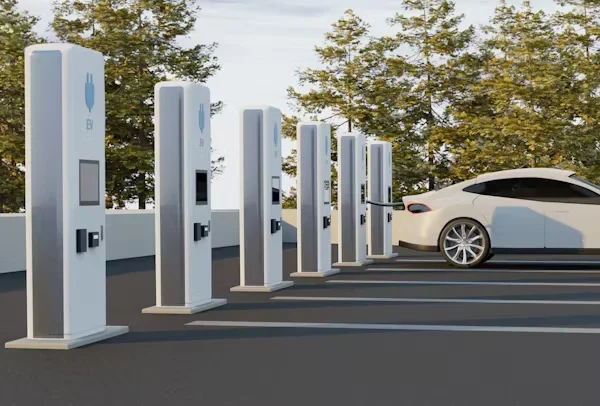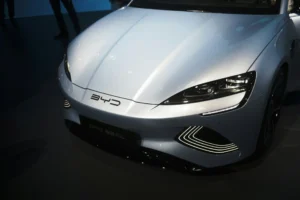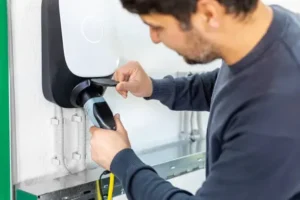Disclaimer: This guide is for informational purposes only. Always verify charging station availability, pricing, and compatibility with your vehicle before use. We are not responsible for any errors, delays, or issues that may arise.
Electric vehicles are becoming increasingly common on roads worldwide, and one key question for owners, both new and old, is: Where can I charge my vehicle?
Navigating the growing network of an ev charger near me may sound daunting. Still, with the right approach, it becomes a smooth and even enjoyable part of your electric driving experience.
Why Finding a Charger Matters
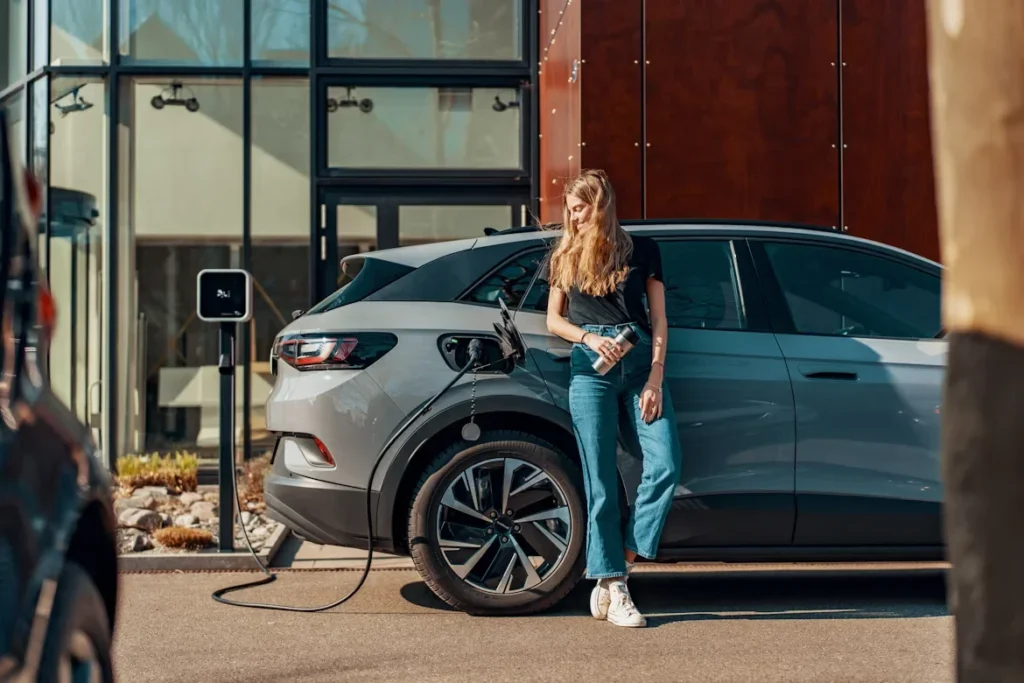
Charging infrastructure plays a critical role in the convenience of EV ownership. Whether you are commuting, road tripping, or running errands, knowing where to plug in gives you confidence and keeps you moving smoothly. Many chargers offer fast charging that can give your car a substantial range in just minutes, which is ideal for short stops or fuel-up breaks.
Tools That Make Location Easy
The most reliable way to locate nearby EV chargers is through a dedicated charging network app or website. Enter your location, set a search radius (such as 10, 50, or 200 km), and quickly view available charging sites around you. These tools often provide real-time availability, allowing you to avoid waiting for a charger to become available.
If you are on the go, a mobile app that displays live availability and lets you start a charging session with a tap is especially handy. These apps also allow you to filter by plug type, such as CCS2, CHAdeMO, or others, and often by charging power, so you can match the charger with what your vehicle can accept.
Beyond specialized apps, general navigation apps like Google Maps or Apple Maps can also be helpful. Search for “EV charging station” or the name of a major charging network to plan your route even better. If you enable location services, you can get directions instantly to the closest open charger.
Choosing the Right Charger for Your Vehicle
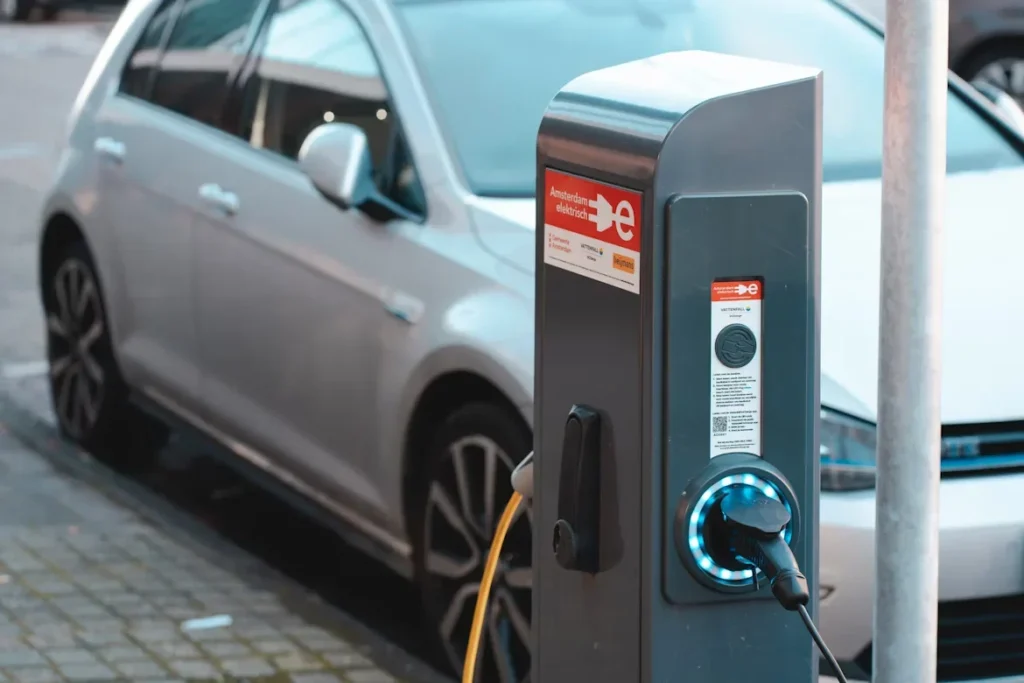
EVs can charge reliably across many network sites because vehicles and chargers work together to regulate power. But knowing your vehicle’s maximum charging rate helps you pick the most efficient station. There is no point in heading to a 350 kW charger if your car’s charging capacity is capped at 50 kW. Use a filter in the app to display only chargers that suit your car’s capabilities.
Similarly, filtering by plug type ensures compatibility. Most modern EVs now use CCS2, but some older or specific models operate with CHAdeMO. Matching the plug avoids wasted time and frustration.
What to Expect When You Arrive
Once you arrive at the charging location, the app typically allows you to scan a QR code or tap an RFID card to initiate the charging process. You plug in, accept the prompts, and charging begins. Some networks even support auto charging, where the session starts as soon as you plug in without any extra steps.
You can monitor the progress on your phone, receive notifications, and track the charging status in real-time. When you are done, you press “stop charge” or unplug. It is simple, transparent, and user-friendly.
Cost Insights

Charging prices vary depending on station location and connector type. Generally, a top-up for a small vehicle may cost between $14 and $27, while a longer-distance EV could cost $27 to $47 for a significant charge. Always check the app for accurate and current pricing before plugging in.
Some networks also partner with programs or memberships that offer discounts, so if you are part of a rewards program, loyalty group, or finance package, it might reduce your charging costs.
Tips to Make Searching Smarter
- Plan: Check chargers along your route and consider alternatives in case one is busy.
- Know your car: Be aware of its maximum charging speed and the plug it uses beforehand.
- Enable location services: This allows apps to find nearby chargers and direct you precisely and quickly.
- Watch for real-time updates: Find spots that are currently available and avoid wasted trips.
- Use maps too: If the app does not show up in your EV’s navigation, Google or Apple Maps can help you find nearby options.
- Expect variation: Urban areas may have numerous fast chargers, while rural areas may have fewer options, so plan your stops accordingly.
Conclusion
In today’s evolving EV landscape, finding a charging station near you is easier than ever thanks to intuitive apps, smart filters, and reliable network coverage. Whether you are commuting around town or exploring farther afield, being equipped with the right tools and knowledge makes charging just another smooth step in your journey.
As charging infrastructure continues to grow, the future of driving electric promises to be more seamless, sustainable, and stress-free.


